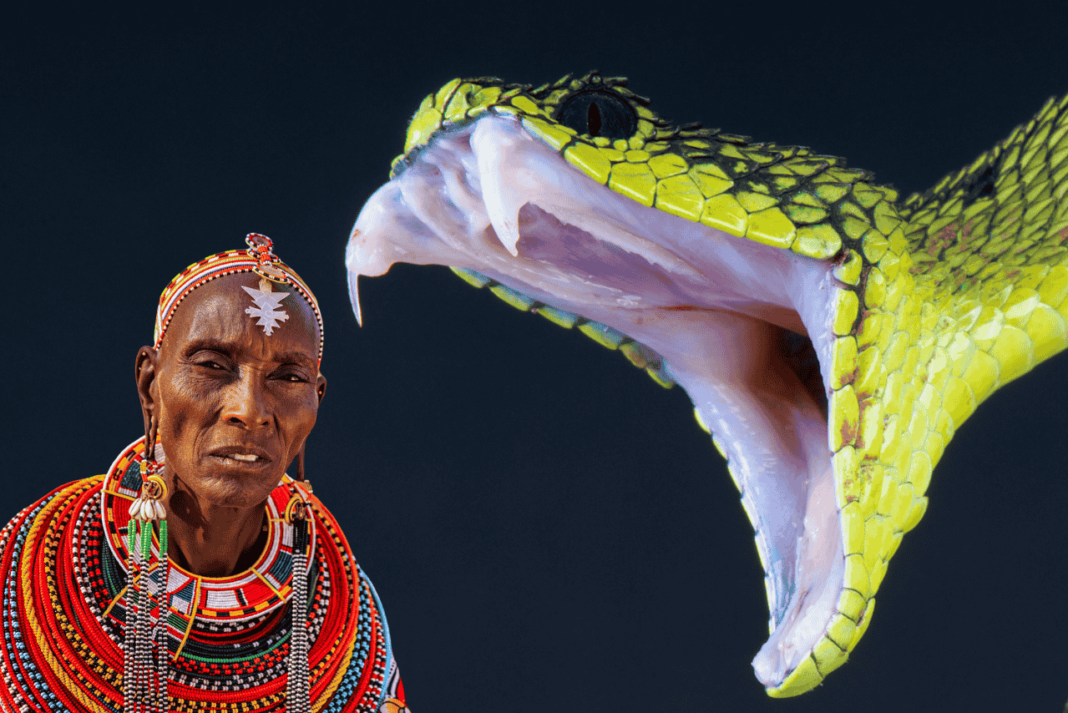Masters of Snake Catching
The Irula tribe of southern India have adapted the ancient art of snake catching and venom extraction to create a source of income.
Spreadacross Kerala, Karnataka, and Tamil Nadu, this tribe has honed the art of handling snakes for centuries and remains integral to the process of extracting antivenom, which saves thousands of lives each year.
A Unique Relationship with Snakes
For most people, seeing a snake triggers fear. However, for the Irula tribe these reptiles represent an essential part of their culture and survival..
Only about 30% of the world’s snakes are considered venomous, but of those, some are extremely dangerous and can cause death within hours from their bites.
Men, women, and children from the Irula tribe are trained from a young age to identify venomous and non-venomous snakes, catch them, and extract venom from them. This expertise makes them among the world’s most sought-after snake catchers.
The Four Most Venomous Snakes
The Irula tribe specializes in milking the venom from four of the most highly venomous snakes:
- King Cobra
- Krait
- Russell’s Viper
- Indian Saw-Scaled Viper
They are considered among the most venomous snakes on Earth, with a single drop of their venom potentially being deadly to humans.
The extraction process requires extreme caution. Handlers gently grip the snake’s neck, press its fangs against a container, and collect the venom safely.. Pharmaceutical companies process the venom to create life-saving antivenom injections., according to News 18.
Every year, approximately about 50,000 die due to snakebite in India, therefore, the demand for antivenom is very high.
A New Beginning: The Irula Cooperative
In 1978, American zoologist Romulus Whitaker assisted the Irula tribe in forming a cooperative society to protect their livelihood.
This society provided legal protection to the Irula people and ensured a sustainable livelihood for them, especially after the Wildlife Protection Act of 1972 banned snake hunting.
Previously, the Irula people hunted snakes for their skins, which were sold for making luxury items, particularly during British rule.
However, after the hunting ban, they faced an employment crisis. Whitaker recognized their expertise from a new perspective, transforming them from snake hunters into snake conservationists.
Today, the Irula Snake Catchers’ Industrial Cooperative Society has over 100 registered members who are officially licensed by the government to catch and extract venom from 13,000 snakes annually. The venom business generates nearly ₹25 crore (approximately $3 million) in annual revenue for the tribe.
The Venom Extraction Process
In India, venom extraction is conducted under strict regulations. The Irula tribe is permitted to extract venom only from four specific species.
Handlers keep each captured snake in an earthen pot covered with a cloth for 21 days. During this period, venom is extracted four times, after which the snake is released back into the wild.
This entire process is carried out in a way that ensures no harm to the snakes.
Once the venom is extracted, they are returned to their natural habitat, helping maintain ecological balance and ensuring that this practice remains sustainable.
Feature Pakistan is an independent digital media platform committed to highlighting the culture, achievements, and untold stories of Pakistan.





Okay, so VIP666VIP777VIP888, eh? Sounds fancy! Anyone know if this is actually VIP treatment or just another site? Curious! Check them out yourself: vip666vip777vip888
BigWinCasino… hmm, interesting name, right? Well, the game variety is pretty standard, but the graphics are sharp and the site’s easy to navigate. Still early days for me, but I’m seeing potential. Give it a look here bigwincasino.